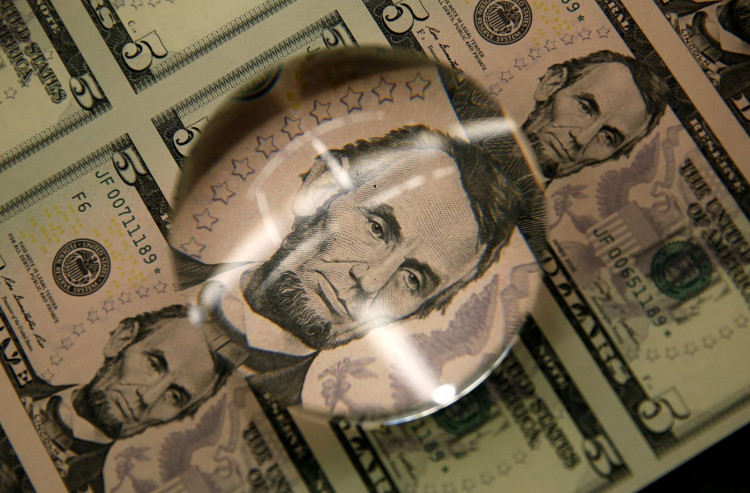Following Thursday's weak demand during the 30-year U.S. Treasury bond auction and Friday's July PPI (Producer Price Index) slightly exceeding expectations, U.S. bond yields revived their upward trajectory late this week. However, Bank of America remains optimistic about the appeal of the U.S. bond market to investors for the remainder of the year.
The two-year Treasury yield, sensitive to monetary policy changes, surged by nine basis points on Friday, August 11, surpassing the 4.90% mark. It rose for three consecutive days, nearly matching its one-month high.
The 10-year bond, often considered the "anchor of global asset pricing," approached its nine-month peak from last November, increasing by over eight basis points and nearing 4.17%. It also marked its third consecutive day of gains.
Wall Street reports previously mentioned that the anticipated high yields from "long U.S. bonds," considered one of the most certain trades at the end of last year and the start of this one, have yet to materialize.
Some analysts argue that the robust employment data stoked concerns among investors that the Federal Reserve might have to further raise interest rates to temper inflation.
Many investors had initially predicted that a rate hike by the Federal Reserve would push the economy into recession. This would, in theory, have caused a bounce-back in U.S. Treasuries due to the market's risk-averse sentiment. However, unexpected signs of U.S. economic recovery and increased U.S. borrowing prompted worries about a worsening fiscal deficit, making the long-term U.S. bond prices last week among the year's worst performers.
Still, citing data from EPFR Global in their latest report, Michael Hartnett's team at Bank of America noted that in the week leading up to August 9, cash funds attracted $20.5 billion, the bond market drew in $6.9 billion, while U.S. stocks saw their first weekly outflow in three weeks, totaling $1.6 billion.
The report further mentioned that investments flowing into the U.S. bond market this year have reached $127 billion. If investors continue chasing higher yields, the total for the year could hit a record-breaking $206 billion, emphasizing the ongoing allure of the fixed-income market.
Wells Fargo Securities' Head of Macro Strategy, Michael Schumacher, is also bullish on the U.S. bond market. He predicts that the 10-year Treasury yield might drop to 3.5% or even lower by year's end. He attributed the recent uptick in yields to the U.S. increasing its bond sales. With the next auction not scheduled until November, this gives the market ample time to adjust.
HSBC's Global Head of Fixed Income Research, Steven Major, shared similar sentiments. He believes that as the benchmark 10-year U.S. Treasury yield once again nears its range top (with prices declining), it presents a buying opportunity for bond investors focused on long-term value.
Last year, as the Federal Reserve embarked on its most aggressive rate-hiking cycle since the 1980s, U.S. bonds, stocks, and other risk assets faced significant setbacks. The Bloomberg Barclays U.S. Aggregate Bond Index, a bond market benchmark similar to the S&P 500, plummeted about 15%, marking its steepest decline since its inception in 1976.
Despite the pressure of high interest rates, U.S. stocks rebounded by double-digit percentages this year, while the bond market saw little to no rise. This was mainly because investors bet that inflation would exceed the Federal Reserve's target for some time, prompting policymakers to maintain higher interest rates for longer. There's also speculation in the futures market about another possible rate hike by the Federal Reserve in November.






